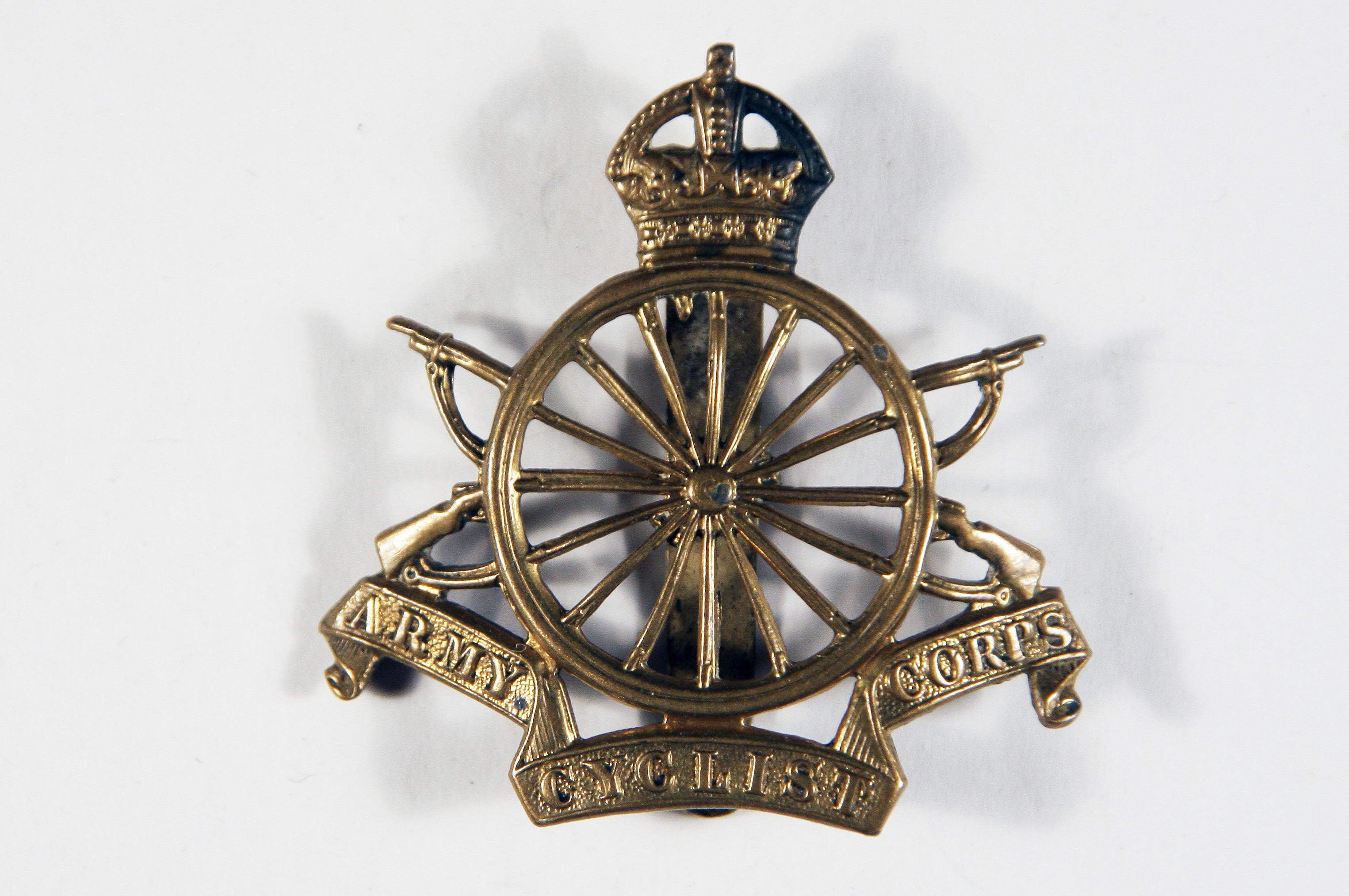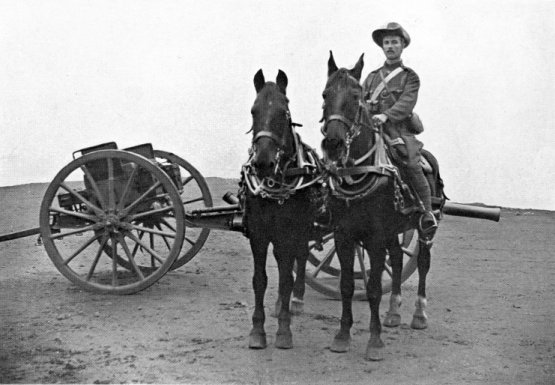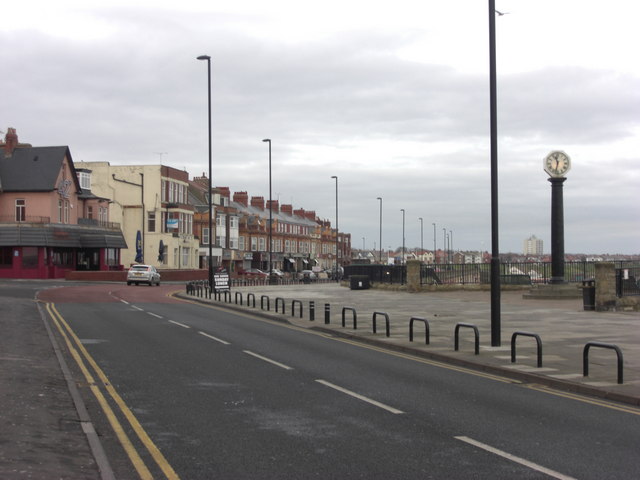|
Northern Cyclist Battalion
The Northern Cyclist Battalion was a bicycle infantry battalion of the Territorial Force, part of the British Army. Formed in 1908, it served in the United Kingdom throughout the First World War and in 1920 it was converted as part of the Royal Garrison Artillery. History Formation The majority of the battalion was newly raised at Sunderland (later at Newcastle-on-Tyne) in October 1908 as a bicycle infantry battalion of the British Army's Territorial Force. One existing cyclist company at Sunderland transferred from the 3rd Volunteer Battalion, Durham Light Infantry.Clive Dunn, ''The Fighting Pioneers: the Story of the 7th Durham Light Infantry'', Barnsley: Pen & Sword, 2015, , p. 16. Initially designated as the 8th (Cyclist) Battalion, Northumberland Fusiliers, in 1910 the new unit was separated from that regiment and redesignated as the independent Northern Cyclist Battalion. In August 1914, the battalion was headquartered at the Hutton Terrace drill hall, Sandyford Road in ... [...More Info...] [...Related Items...] OR: [Wikipedia] [Google] [Baidu] |
British Crown
The Crown is the state (polity), state in all its aspects within the jurisprudence of the Commonwealth realms and their subdivisions (such as the Crown Dependencies, British Overseas Territories, overseas territories, Provinces and territories of Canada#Provinces, provinces, or states and territories of Australia, states). Legally ill-defined, the term has different meanings depending on context. It is used to designate the monarch in either a personal capacity, as Head of the Commonwealth, or as the king or queen of their realms (whereas the monarchy of the United Kingdom and the monarchy of Canada, for example, are distinct although they are in personal union). It can also refer to the rule of law; however, in common parlance 'The Crown' refers to the functions of executive (government), government and the civil service. Thus, in the United Kingdom (one of the Commonwealth realms), the government of the United Kingdom can be distinguished from the Crown and the state, in prec ... [...More Info...] [...Related Items...] OR: [Wikipedia] [Google] [Baidu] |
Headquarters
Headquarters (commonly referred to as HQ) denotes the location where most, if not all, of the important functions of an organization are coordinated. In the United States, the corporate headquarters represents the entity at the center or the top of a corporation taking full responsibility for managing all business activities. In the United Kingdom, the term head office (or HO) is most commonly used for the headquarters of large corporations. The term is also used regarding military organizations. Corporate A headquarters is the entity at the top of a corporation that takes full responsibility for the overall success of the corporation, and ensures corporate governance. The corporate headquarters is a key element of a corporate structure and covers different corporate functions such as strategic planning, corporate communications, tax, legal, marketing, finance, human resources, information technology, and procurement. This entity includes the chief executive officer (CEO) ... [...More Info...] [...Related Items...] OR: [Wikipedia] [Google] [Baidu] |
Burton Constable
Burton Constable is a village and civil parish in the East Riding of Yorkshire, England. It is located approximately north-east of Hull city centre and south-east of the village of Skirlaugh. The civil parish is formed by the village of Burton Constable and the hamlets of Marton and West Newton. According to the 2011 UK census, Burton Constable parish had a population of 127, an increase on the 2001 UK census figure of 120. It is the site of the Grade I listed Burton Constable Hall. Burton Constable was served from 1864 to 1964 by Burton Constable railway station on the Hull and Hornsea Railway. Marmaduke Tunstall, the eighteenth-century ornithologist Ornithology is a branch of zoology that concerns the "methodological study and consequent knowledge of birds with all that relates to them." Several aspects of ornithology differ from related disciplines, due partly to the high visibility and th ..., was born in the village. References * External links * * {{ ... [...More Info...] [...Related Items...] OR: [Wikipedia] [Google] [Baidu] |
Skegness
Skegness ( ) is a seaside town and civil parish in the East Lindsey District of Lincolnshire, England. On the Lincolnshire coast of the North Sea, the town is east of Lincoln and north-east of Boston. With a population of 19,579 as of 2011, it is the largest settlement in East Lindsey. It also incorporates Winthorpe and Seacroft, and forms a larger built-up area with the resorts of Ingoldmells and Chapel St Leonards to the north. The town is on the A52 and A158 roads, connecting it with Boston and the East Midlands, and Lincoln respectively. Skegness railway station is on the Nottingham to Skegness (via Grantham) line. The original Skegness was situated farther east at the mouth of The Wash. Its Norse name refers to a headland which sat near the settlement. By the 14th century, it was a locally important port for coastal trade. The natural sea defences which protected the harbour eroded in the later Middle Ages, and it was lost to the sea after a storm in the 1520s. Rebui ... [...More Info...] [...Related Items...] OR: [Wikipedia] [Google] [Baidu] |
River Tyne
The River Tyne is a river in North East England. Its length (excluding tributaries) is . It is formed by the North Tyne and the South Tyne, which converge at Warden Rock near Hexham in Northumberland at a place dubbed 'The Meeting of the Waters'. The Tyne Rivers Trust measure the whole Tyne catchment as , containing of waterways. Course North Tyne The North Tyne rises on the Scottish border, north of Kielder Water. It flows through Kielder Forest, and in and out of the border. It then passes through the village of Bellingham before reaching Hexham. South Tyne The South Tyne rises on Alston Moor, Cumbria and flows through the towns of Haltwhistle and Haydon Bridge, in a valley often called the Tyne Gap. Hadrian's Wall lies to the north of the Tyne Gap. Coincidentally, the source of the South Tyne is very close to those of the Tees and the Wear. The South Tyne Valley falls within the North Pennines Area of Outstanding Natural Beauty (AONB) – the second largest of the ... [...More Info...] [...Related Items...] OR: [Wikipedia] [Google] [Baidu] |
Alnwick
Alnwick ( ) is a market town in Northumberland, England, of which it is the traditional county town. The population at the 2011 Census was 8,116. The town is on the south bank of the River Aln, south of Berwick-upon-Tweed and the Scottish border, inland from the North Sea at Alnmouth and north of Newcastle upon Tyne. The town dates to about AD 600 and thrived as an agricultural centre. Alnwick Castle was the home of the most powerful medieval northern baronial family, the Earls of Northumberland. It was a staging post on the Great North Road between Edinburgh and London. The town centre has changed relatively little, but the town has seen some growth, with several housing estates covering what had been pasture and new factory and trading estate developments along the roads to the south. History The name ''Alnwick'' comes from the Old English ''wic'' ('dairy farm, settlement') and the name of the river Aln. The history of Alnwick is the history of the castle and its ... [...More Info...] [...Related Items...] OR: [Wikipedia] [Google] [Baidu] |
Army Cyclist Corps
The Army Cyclist Corps was a corps of the British Army active during the First World War, and controlling the Army's bicycle infantry. History Formation Volunteer cyclist units had been formed as early as the 1880s, with the first complete bicycle unit (the 26th Middlesex Rifle Volunteers) being raised in 1888. Cyclists were employed on an intermittent basis during the South African War – whilst they were not deployed as organised combat formations, the bicycle was found to be invaluable for reconnaissance and communications work, being lighter, quieter, and logistically much easier to support than horses. When the Haldane reforms in 1908 reorganised the volunteers into the Territorial Force, nine battalions of cyclists were formed - one from the 26th Middlesex, five from volunteer infantry battalions, and three newly raised. * 10th (Cyclist) Battalion, Royal Scots * 8th (Cyclist) Battalion, Northumberland Fusiliers; later the Northern Cyclist Battalion * 6th (Cyclist) Batt ... [...More Info...] [...Related Items...] OR: [Wikipedia] [Google] [Baidu] |
Morpeth, Northumberland
Morpeth is a historic market town in Northumberland, North East England, lying on the River Wansbeck. Nearby towns include Ashington, Northumberland, Ashington and Bedlington, Northumberland, Bedlington. In the United Kingdom Census 2011, 2011 census, the population of Morpeth was given as 14,017, up from 13,833 in the United Kingdom Census 2001, 2001 census. The earliest evidence of settlement is believed to be from the Neolithic period, and some Roman artifacts have also been found. The first written mention of the town is from 1080, when the de Merlay family was granted the barony of Morpeth. The meaning of the town's name is uncertain, but it may refer to its position on the road to Scotland and a murder which occurred on that road. The de Merlay family built two castles in the town in the late 11th century and the 13th century. The town was granted its coat of arms in 1552. By the mid 1700s it had become one of the main markets in England, having been granted a market charte ... [...More Info...] [...Related Items...] OR: [Wikipedia] [Google] [Baidu] |
Territorial Force Imperial Service Badge
{{Infobox military award , name= Territorial Force Imperial Service Badge , image=ImperialServiceClasp.jpg , image_size=300px , caption= The Imperial Service Badge , presenter= The United Kingdom , type= Badge , eligibility= Those officers, NCOs and men of the Territorial Force, who undertook liability in the event of national emergency, to serve in any place outside the United Kingdom, in accordance with the provisions of Section XIII (2) (a) of the Territorial and Reserve Forces Act, 1907. , campaign= Pre-WW1 and First World War. , status= This award: *Ceased to exist when the Territorial Force became the Territorial Army in 1921. , description= as follows: *Ribbon = None *Metal = Cupro-nickel / white-metal *Size = 10mm by 43mm *Shape = Horizontal Bar surmounted by royal crown. Raised inscription: ''IMPERIAL SERVICE''. , clasps= , established= 1910 , firstawarded= , lastawarded= , total_awarded= , total_awarded_posthumously= , total_recipients= , individual= , higher= , same= ... [...More Info...] [...Related Items...] OR: [Wikipedia] [Google] [Baidu] |
7 Edw
7 (seven) is the natural number following 6 and preceding 8. It is the only prime number preceding a cube. As an early prime number in the series of positive integers, the number seven has greatly symbolic associations in religion, mythology, superstition and philosophy. The seven Classical planets resulted in seven being the number of days in a week. It is often considered lucky in Western culture and is often seen as highly symbolic. Unlike Western culture, in Vietnamese culture, the number seven is sometimes considered unlucky. It is the first natural number whose pronunciation contains more than one syllable. Evolution of the Arabic digit In the beginning, Indians wrote 7 more or less in one stroke as a curve that looks like an uppercase vertically inverted. The western Ghubar Arabs' main contribution was to make the longer line diagonal rather than straight, though they showed some tendencies to making the digit more rectilinear. The eastern Arabs developed the digit ... [...More Info...] [...Related Items...] OR: [Wikipedia] [Google] [Baidu] |
Territorial And Reserve Forces Act 1907
The Territorial and Reserve Forces Act 1907 ('' 7 Edw. 7, c.9'') was an Act of the Parliament of the United Kingdom that reformed the auxiliary forces of the British Army by transferring existing Volunteer and Yeomanry units into a new Territorial Force (TF); and disbanding the Militia to form a new Special Reserve of the Regular Army. This reorganisation formed a major part of the Haldane Reforms, named after the creator of the Act, Richard Haldane. The lessons learned during the South African War of 1899-1902 had reinforced the idea that the Regular Army was not capable of fighting a prolonged full-scale war without significant assistance; almost all regular units in the United Kingdom had been deployed overseas within four months of the outbreak of hostilities. Furthermore, by the end of the first year of fighting, the Regular Reserve and the Militia Reserve had been entirely exhausted. (Regular reservists were members of the Regular Army who had retired from the active-dut ... [...More Info...] [...Related Items...] OR: [Wikipedia] [Google] [Baidu] |
Whitley Bay
Whitley Bay is a seaside town in the North Tyneside borough in Tyne and Wear, England. It formerly governed as part of Northumberland and has been part of Tyne and Wear since 1974. It is part of the wider Tyneside built-up area, being around east of Newcastle upon Tyne. Two notable landmarks are the Spanish City (a domed building on the seafront) and St. Mary's Lighthouse, the latter on a small island near the town. History Early history Whitley was first mentioned around 1100 when King Henry I conferred it with other possessions on the Priory of Tynemouth being referred to in ancient documents and maps before that date as Witelei, Wyteley, Hwyteleg, Witelithe, Wheteley, Wytheleye, Whitlaw, Whitlathe and Whitlag. Whitley is also referred to in the charters of King Henry II, King Richard I and King John, confirming to the priors their possessions and liberties. Whitley was connected with the Crusades when Pope Nicholas IV granted to Edward I of England, Edward I the first-fr ... [...More Info...] [...Related Items...] OR: [Wikipedia] [Google] [Baidu] |
.jpg)


_-_panoramio.jpg)



